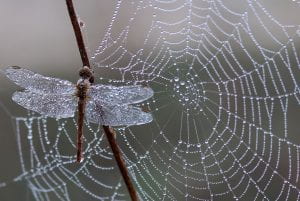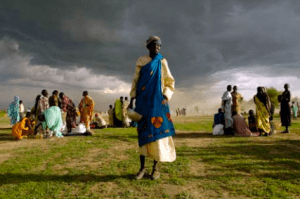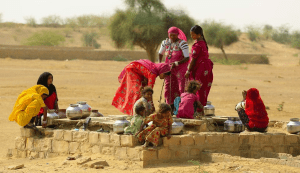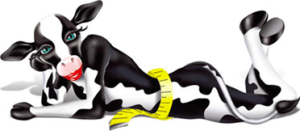In a previous blog post, I mentioned how despite the craving that humans have to bring order and classification to the world, most matters fall more into the ‘gray’ area rather than in the finite category of black or white. The idea of gray – as in the color being a blend of black and white – applies to the theories of ecofeminism, intersectionality, and ecology. Let’s take a closer look at each concept on its own, and then how they are inextricably woven together.
Ecofeminism as we have discussed before is the study of the connection between feminism, ecology, and the way in which both have had or have the potential to be damaged by the power of the patriarchal systems that the world has in place. This is similar to the concept in intersectionality, which looks at the many identities of a person, and the privileged and oppressed areas that correlate to them. In previous posts, we have looked at how ecofeminism views its facets in totality, rather than in fragments. “Ecofeminism recognizes the ethical interconnection of the domination of women and the domination and exploitation of nature. The historical precedent which separates and sets humans above nature is also responsible for enforcing the ‘violent rupture’ between humankind and nature—which helps to render humanity ignorant of its duty towards the natural environment and the non-human other” (Kings, A.E., 2017, 70).

To help illustrate intersectionality, I will use my own identity/labels as an example. I am an American, white, cisgender, heterosexual female. The areas of privilege are the country that I am a citizen of, the color of my skin, and my sexual identity and preference. The area in which I can be oppressed is that I identify as a woman, which means that I can be a victim of sexism, and gendered issues such as pay inequalities. The overlapping of the pillars of both ecofeminism and intersectionality are shown here in that we are best served when looking to understand these issues collectively. Leah Thomas writes “While Ecofeminism is a part of Intersectional Environmentalism, and they work together in many ways to accomplish the same goal—a greener and safer future for all and a healthy planet—Intersectional Environmentalism considers all aspects of someone’s identity like race, culture, religion, gender, sexuality, wealth, and more. And this is what makes it truly inclusive” (Thomas).
In looking at ecofeminism, intersectionality, and ecology, it presents as gray. As illustrated above, I am using the word gray in the color blending sense, just as these theories blend aspects of each of them, and yet still, maintain their identity. A.E. Kings wrote specifically about women in the global South and the issues that they are faced with in regards to menstruation products. When people from the global North look to help with this issue, they may see product availability as an obstacle. The journal references the lack of ways to dispose of these manmade products, which can lead to flushing them (in the instance a flushable toilet is available) or burning them (which can result in toxic fumes from the chemicals that are made of). This now poses more problems through the ecofeminism lens and the ecology lens. Within this issue, the women are privileged in the sense that they have access to menstruation products, and yet they are oppressed in that they don’t have consistent ways to safely dispose of the products and are also creating more damage to the world around them.
I appreciate the concept of intersectionality and how it looks at the many facets of a person or issue. Specifically for women, we need to remember that we are all made of up many identities, and rather than trying to fit them into a neat and orderly container, we need to embrace each part on its own, and understand how each role affects the others. If we can do this on an individual level, then it may encourage us to broaden the scope and look at the many threads of ecofeminism and the beautiful tapestry that they weave.
Kings, A.E. “Intersectionality and the Changing Face of Ecofeminism.” Ethics & the Environment, vol. 22 no. 1, 2017, p. 63-87. Project MUSE muse.jhu.edu/article/660551.
Thomas, Leah. “The Difference Between Ecofeminism and Intersectional Environmentalism – the Good Trade.” The Good Trade, 3 Feb. 2023, www.thegoodtrade.com/features/ecofeminism-intersectional-environmentalism-difference.






 As for a statistic that supports Norgaard and York’s central thesis and correlates to the image to the left, I found two. “Just 26.8 % of government ministers responsible for policies on environment and climate change are women, while 73.2 % are men. Although this represents a significant gender imbalance, the proportion of women is the highest since data was first collected in 2012 (19.2 %)” (Browse Gender Statistics | Gender Statistics Database | European Institute for Gender Equality, n.d.).
As for a statistic that supports Norgaard and York’s central thesis and correlates to the image to the left, I found two. “Just 26.8 % of government ministers responsible for policies on environment and climate change are women, while 73.2 % are men. Although this represents a significant gender imbalance, the proportion of women is the highest since data was first collected in 2012 (19.2 %)” (Browse Gender Statistics | Gender Statistics Database | European Institute for Gender Equality, n.d.).


